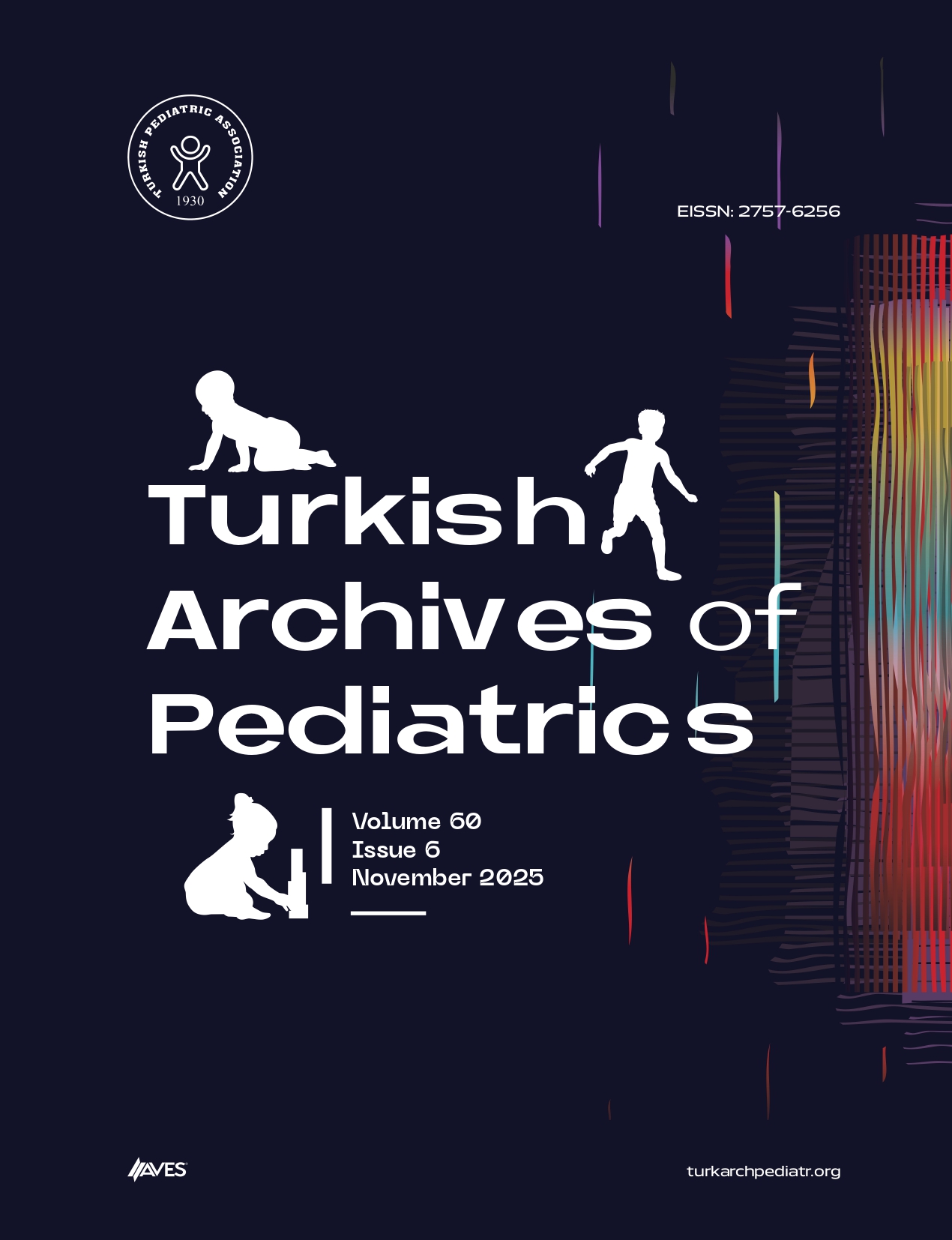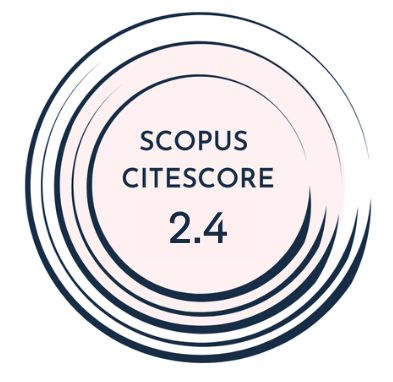Objective: Linezolid is often used to treat antibacterial-resistant infections. Linezolid can cause side effects. To date, the effectiveness of the simultaneous administration of pyridoxine and linezolid is unclear. Here we investigate the protective effect of pyridoxine on linezolid-induced hematological toxicity, hepatotoxicity, and oxidative stress in rats.
Material and Methods: The 40 male pediatric Spraque–Dawley rats were separated into 4 groups: control, linezolid, pyridoxine, and linezolid–pyridoxine. A complete blood count, liver function test, and measurements of antioxidant enzyme activities for superoxide dismutase, glutathione peroxidase, catalase, and lipid peroxidation were performed in blood before treatment and 2 weeks after administration of the treatment.
Results: White blood cell and hemoglobin counts for the linezolid group decreased, and the alanine aminotransferase level in the linezolid group increased compared to their respective baseline values. Post-treatment white blood cell decreased in the linezolid and linezolid– pyridoxine groups compared to those in the control group (P < .001). Alanine aminotransferase levels increased in the linezolid and linezolid–pyridoxine groups compared to those in the control group (P < .001 and P < .05, respectively). The activity of superoxide dismutase, catalase, glutathione peroxidase, and malondialdehyde levels increased in the linezolid group compared to the control group (P < .001, P < .05, P < .001, and P < .001, respectively). Linezolid plus pyridoxine treatment caused a significant decrease in malondialdehyde levels and superoxide dismutase, catalase, and glutathione peroxidase enzyme activities compared to the linezolid group (P < .001, P < .01, P < .001, and P < .01, respectively).
Conclusion: Pyridoxine may be an effective adjuvant agent for the prevention of linezolid toxicity in rat models.
Cite this article as: Kendir-Demirkol Y, Jenny LA, Demirkol A, Özen M, Ayata A, Canatan D. The protective effects of pyridoxine on linezolid-induced hematological toxicity, hepatotoxicity, and oxidative stress in rats. Turk Arch Pediatr. 2023;58(3):298-301.



.png)

